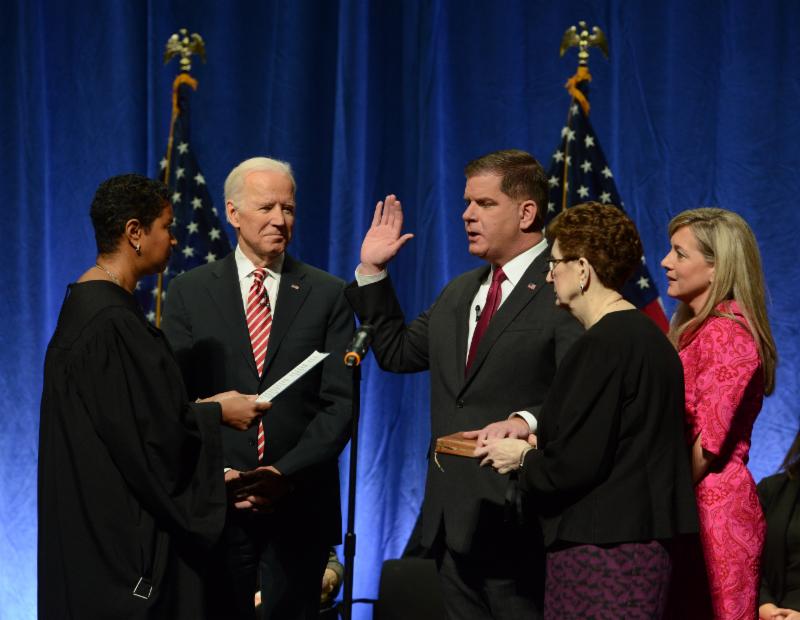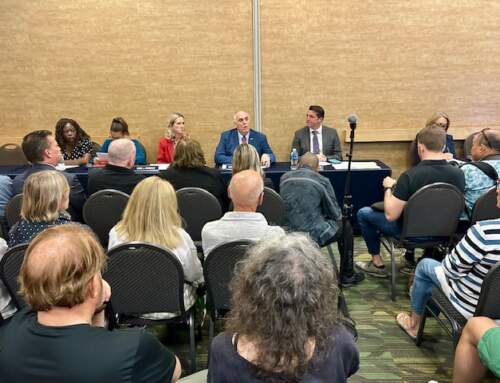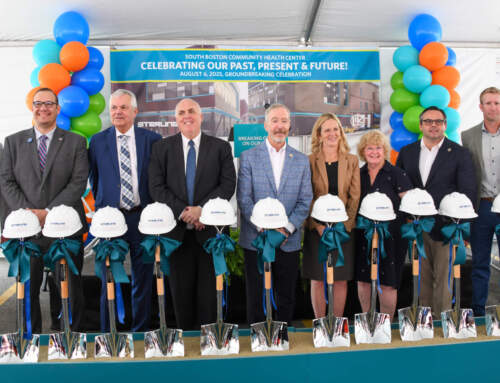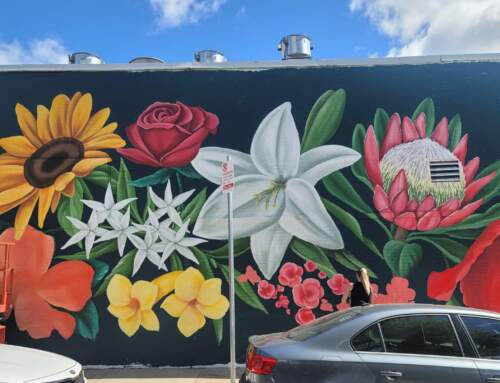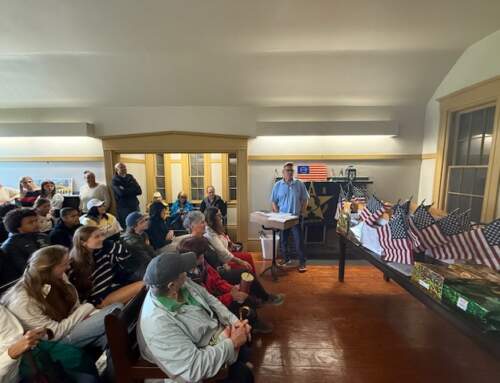By Mayor Martin J. Walsh
Too many of us are tied to the opioid crisis, whether we are struggling ourselves, or we see and experience the struggle right alongside our coworkers, friends, and family. This is an epidemic and no one — no matter where you live, your education, your job, your income — is immune. That’s why it’s so important that we rally together as a city to support each other and rebuild the Long Island Bridge.
Long Island once played a prominent role in Boston’s recovery landscape and it will once again. This year we will launch the process of rebuilding Long Island Bridge in order to create, on the Island, the comprehensive, long-term addiction recovery campus that our city and region have never had before.
You don’t overcome addiction by sticking to the same routine and living out each day in the same environment. Yes, increasing detox beds is important and is a start, but that is the first of many steps. Addiction recovery requires sustained, supported, evidence-based treatment and care, from a range of providers and allies working in sync.
We have a unique opportunity to build the Island into a premier recovery continuum campus where individuals can grow stable in their recovery. We will provide a continuum of care — from harm reduction, to detox, to residential treatment, to transitional housing and ongoing peer support. The Island provides an environment to establish this programming and structure. We need to give those suffering — wherever they are on their journey to recovery — the opportunity to rebuild a life. This means offering them mentorship, job training, housing resources, access to doctors and therapists, and more.
In 2014, for the safety of our most vulnerable residents, we were forced to close the 63-year-old bridge before it crumbled into Boston Harbor. In the months that followed, we quickly built a new shelter in Boston and we found new sites for the public and nonprofit programs that were housed on the Island. While they no doubt intersect at times, homelessness and the opioid crisis are different issues. As matters of public health and public policy, each requires its own comprehensive response. So while we’ve decided the homeless need to move into shelter programs integrated in our communities, the “escape” of Long Island is beneficial for those with substance abuse disorders and in recovery.
Our region needs more residential treatment beds for those coming out of detox and supportive housing for those coming out of treatment. Too many people relapse because a solid next step is not there for them in time. And too much provider energy is devoted to the struggle to help clients find their next placement. We need more treatment beds and more transitional housing. And we need to weave together more seamlessly the “continuum of care” — from detox, to residential treatment, to sober housing and social supports — that it takes to reclaim your life.
That’s the purpose of the new campus we envision. It will increase and balance capacity across each phase of treatment at a scale not possible in a neighborhood setting. It will provide a peaceful place for long-term treatment, supports, and transitions, especially helpful for those who need time away from familiar places and faces. And it will also act as a clearinghouse for available placements along the continuum, across the region. In short, it will be the hub that Greater Boston’s recovery universe has long lacked.
The positive impact of a recovery campus will reverberate through our region. It will take those suffering from substance disorders off the streets, not only of Boston but also of Quincy and all our neighboring cities and towns. More important, it will help them return to their families and communities more whole and better equipped to continue rebuilding their lives.
Planning, permitting, and building a new bridge will take time — four years at a minimum. But we are determined. We have funding in our capital budget, we expect to have $30 million available from our Parking Meter Fund, and we will work creatively and collaboratively to meet any additional costs. In the meantime, we’ll plan the campus by working even more closely with the devoted providers, nonprofits, and public agencies who are engaged in the fight against addiction.
As I said before, nobody is immune from this epidemic. Addiction can so easily come from simply medicating ourselves or our family after wisdom teeth are taken out, a broken bone from a game of softball, a slip on the ice walking into work — everyone is vulnerable. Everyone needs to show compassion for those facing addiction. Everyone deserves dignity and hope. Let our city be the one to give it to them and stand with them as they rebuild the life they deserve.

